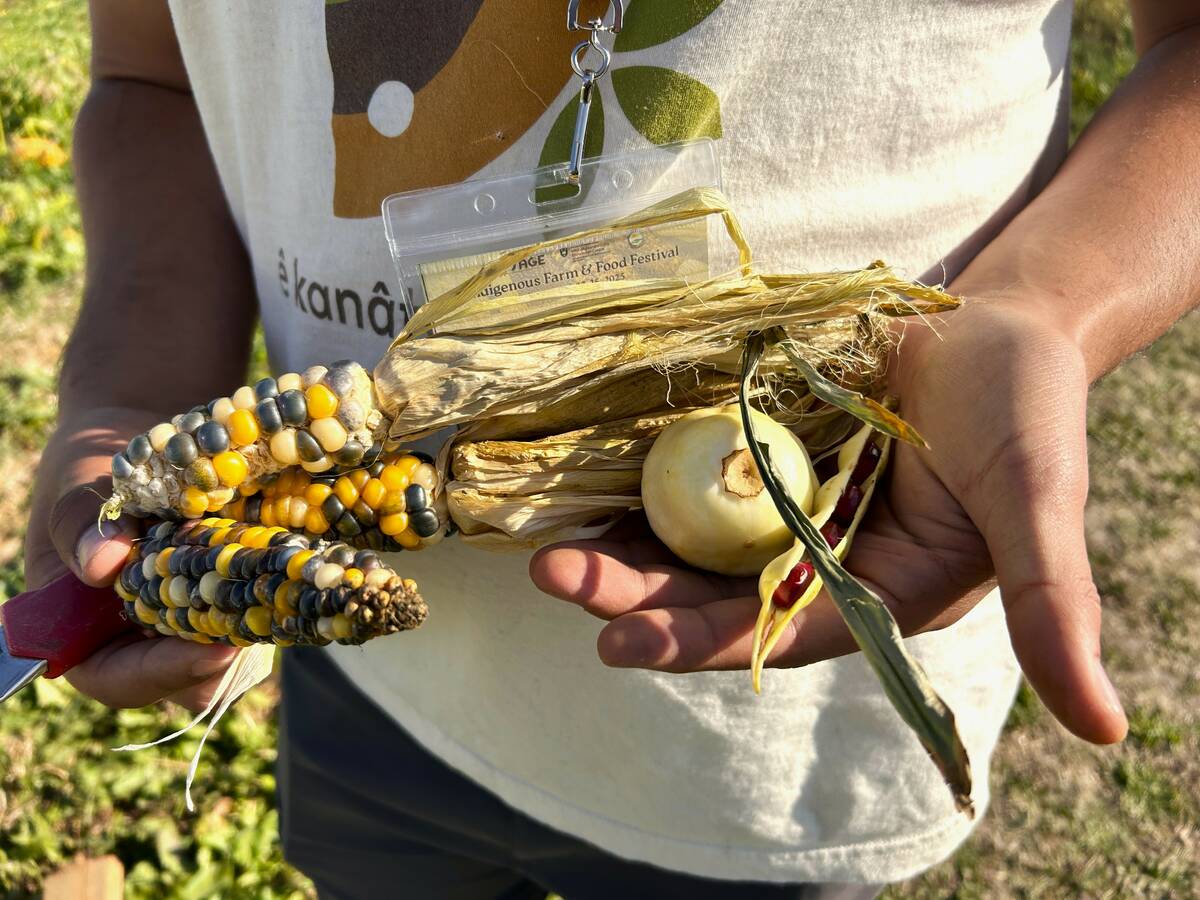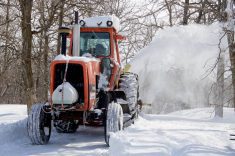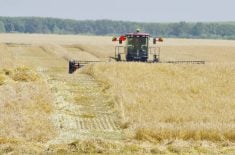Overview
Rainfall amounts varied across the province with the highest amounts falling in the Eastern and Interlake regions. Most locations in Manitoba received between 20 to 60 mm in the preceding seven days. The Northwest region is the exception, where rainfall amounts ranged from 1 to 32 mm.
Frequent rains and generally warm temperatures have elevated risk for many fungal diseases. Application is widespread for wheat, oat, barley, canola and pea crops.
Read Also

Regenerative practices meet Indigenous knowledge on the Prairies
What do traditional Indigenous agricultural practices and regenerative agriculture have in common? Quite a lot it turns out.
Fungicide spraying is ongoing in all regions as later crops reach the correct stage. Rainfall has made ground applications challenging.
Grasshoppers are present in many areas of the province with spraying occurring on headlands and across entire fields in some areas.
Cereals
Earliest seeded spring wheat fields have completed flowering and kernel development has begun. The majority of the later seeded wheat is starting to head. The spring wheat crop is rated mostly good to excellent, with exceptions due to extreme moisture.
Fusarium Head Blight risk maps showed moderate to extreme risk across the province this past week (see latest risk map at top), with extreme risk for much of the province on July 20 and 21.
Fusarium head blight fungicide application is nearing completion, with some applications occurring in later seeded fields.
Barley crops range from penultimate leaf to early head filling, depending on seeding date.
Oat crops range from panicle emergence to early panicle filling.
Corn development ranges from V12 to tasseling. This past week showed another jump in vegetative growth.
Fall rye is starting to turn and ranges from the soft to hard dough stage.
Winter wheat is mostly at the soft dough stage.
Oilseeds
Canola crops are variable across Manitoba, with some in excellent condition and others in poor condition with thin stands.
The majority of canola is in full flower, with early seeded canola starting pod fill. Later seeded fields range from rosette to early flowering.
Fungicide applications are on-going in canola and estimated to be 40-50 per cent complete.
Flax ranges from flowering to flowering completed with bolls beginning to fill. High temperatures may have shut down flowering earlier than expected in some fields.
Sunflowers are at the R3 to R4 stages, with inflorescence just beginning to open.
Pulses
Soybeans are growing rapidly and have reached the R2 to R4 stage.
Soybean fields with iron-deficiency chlorosis are starting to improve, although fields with excess moisture continue to show signs of stress
The majority of field peas range from flowering to R3 flat pod stage. Later seeded fields are further behind.
Excess rainfall has led to root rot in poorly drained fields or areas of fields. Yellow areas are evident in low spots and drains.
Aphids have been noticeable in some pea crops, with control occurring in some fields.
Dry bean stage ranges from R2 and R3.
Forages & Livestock
Forages
Haying is ongoing, with first cut over 50 per cent complete.
Progress continues to be hampered by wet weather, with concerns of quality suffering in wet areas.
Producers in some areas have been unable to start haying due to wet conditions, or are only able to focus on high areas.
Yields are above average, generally ranging from 2-3 tons/acre with reports of 4.5 tons/acre on new, well
managed, and fertilized stands.
Livestock
Producers are generally happy with pastures at this point, and are hoping for an extended grazing season, especially if they are unable to put up enough hay due to excessive moisture.
Some issues reported with foot rot, pinkeye, and black flies due to long grasses and wet conditions.
All creeks, streams, dugouts, and sloughs are full and livestock water supplies are sufficient.
Regional Comments
Southwest
Widespread rain in the past week, amounts ranging from about 20-50 mm. No wind or hail damage reported. Crop condition is generally good, but crops continue to be two to three weeks behind in most areas. In low spots rain has resulted in water stress and drowned out areas.
Some rust is being reported on early seeded oats. Lygus bugs present in some canola and sunflower fields, with sunflower moth bud larvae found in one area.
Northwest
A mix of weather this past week with high and low temperatures, heavy morning dew, strong winds and scattered showers across the region. Strong winds and scattered showers made fungicide applications challenging. Fungicide application continues as all crops are in a range of stages.
Wheat midge counts have been high in Roblin. Grasshoppers are present in the region and alfalfa weevil is present in the Swan Valley.
Central
Variable rainfall amounts across the region, with flooded fields in areas that received higher amounts of rainfall. With the exception of low laying areas, crop growth is generally good, with good yield potential. Fungicide applications are near completion in earlier seeded wheat and canola. Fungicide application is on-going in later seeded crops. Some fields have been sprayed for grasshoppers.
Eastern
Rainfall amounts including last Tuesday, July 19, ranged from 16 to over 100 mm with the largest accumulation of 108 mm in Marchand. More rain fell early this morning with ranges of 2 to 25 mm. Localized flooding occurred in some areas and river levels rose. In areas with higher amounts of rainfall crop stress can still be seen on most crops, but especially on cereals, field peas, and soybeans where crop yellowing has become evident. Standing water is evident in some areas but continues to recede. Fungicide, insecticide and final herbicide passes were ongoing last week and were delayed due to the wet weather.
Final herbicide passes on late seeded crops have been completed. Insecticide applications for armyworms and grasshoppers have occurred, careful scouting for numbers and crop damage is critical.
Interlake
High rainfall amounts last week caused crop loss where water pooled and didn’t drain from fields in a timely fashion. Intense rainfall washed out several roads and culverts in the Teulon area, leading to drainage ditches quickly being overwhelmed, which caused water to back up in fields and spill over into downstream fields.
Fungicide applications on cereals and oilseeds continue, with aerial applications taking place on fields not suited for ground travel. Army worms have been reported in the region, with limited insecticide applications at this time. Grasshopper insecticide applications have taken place in cereals and soybeans, mainly with headland applications although entire fields have been sprayed where populations are higher.















